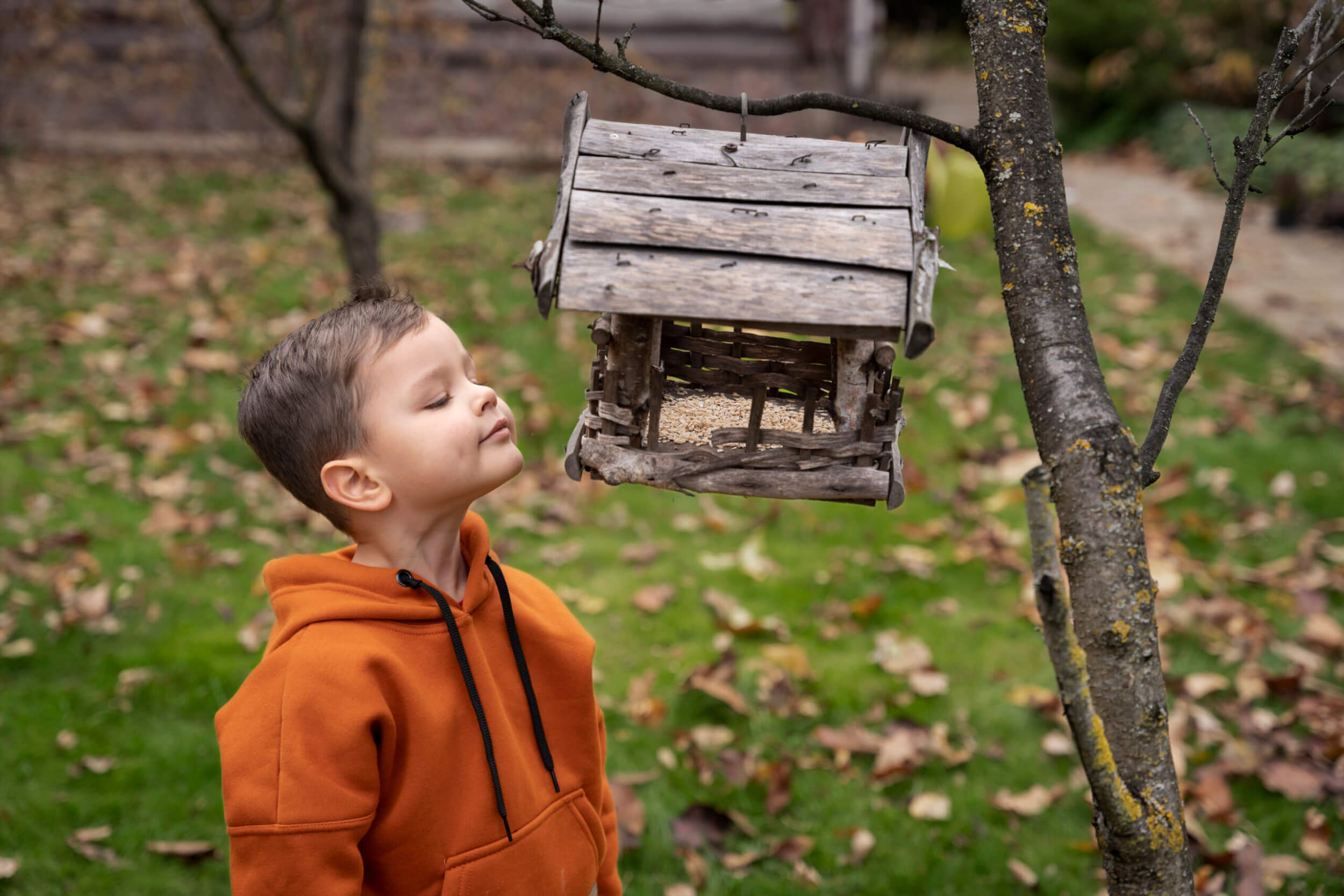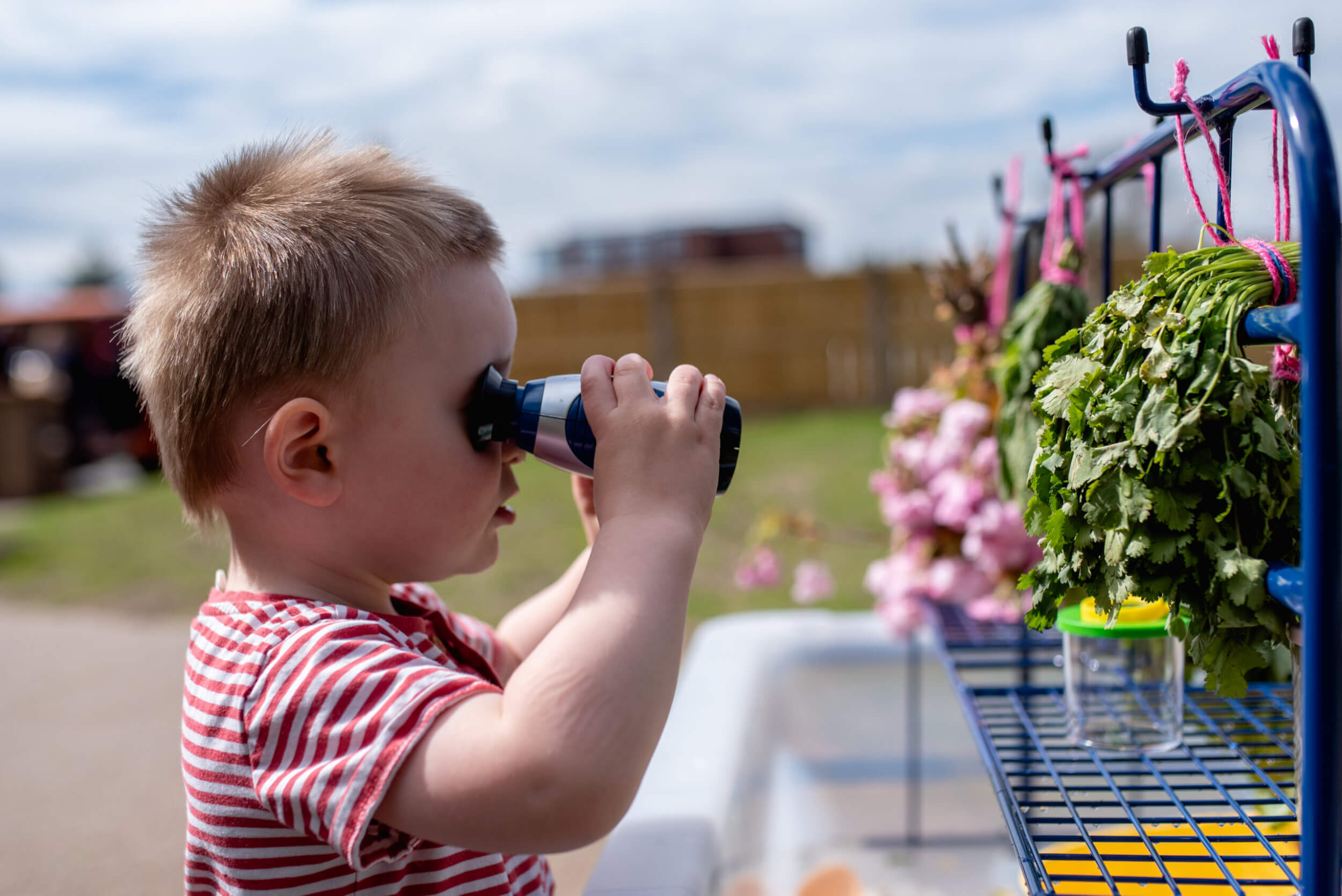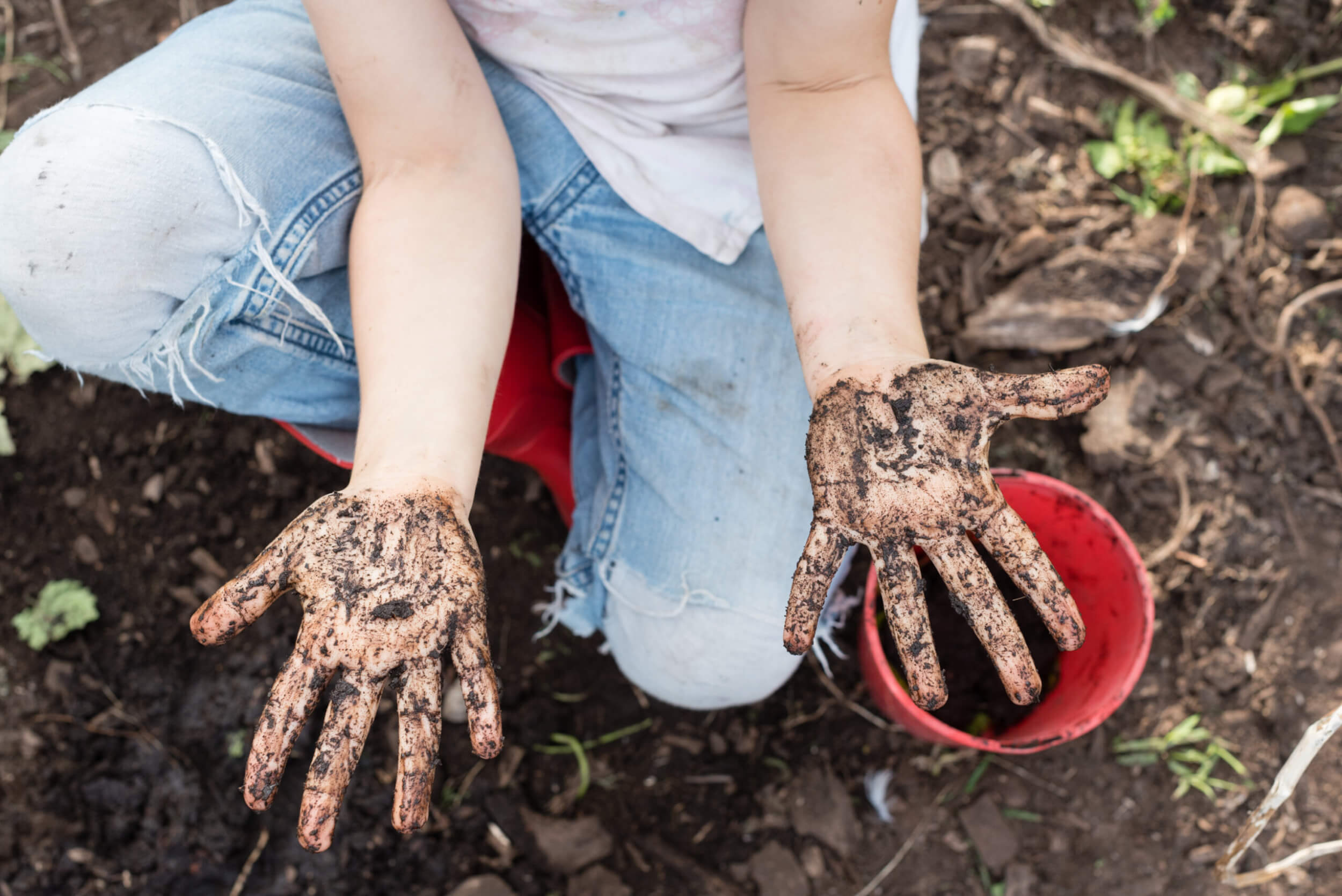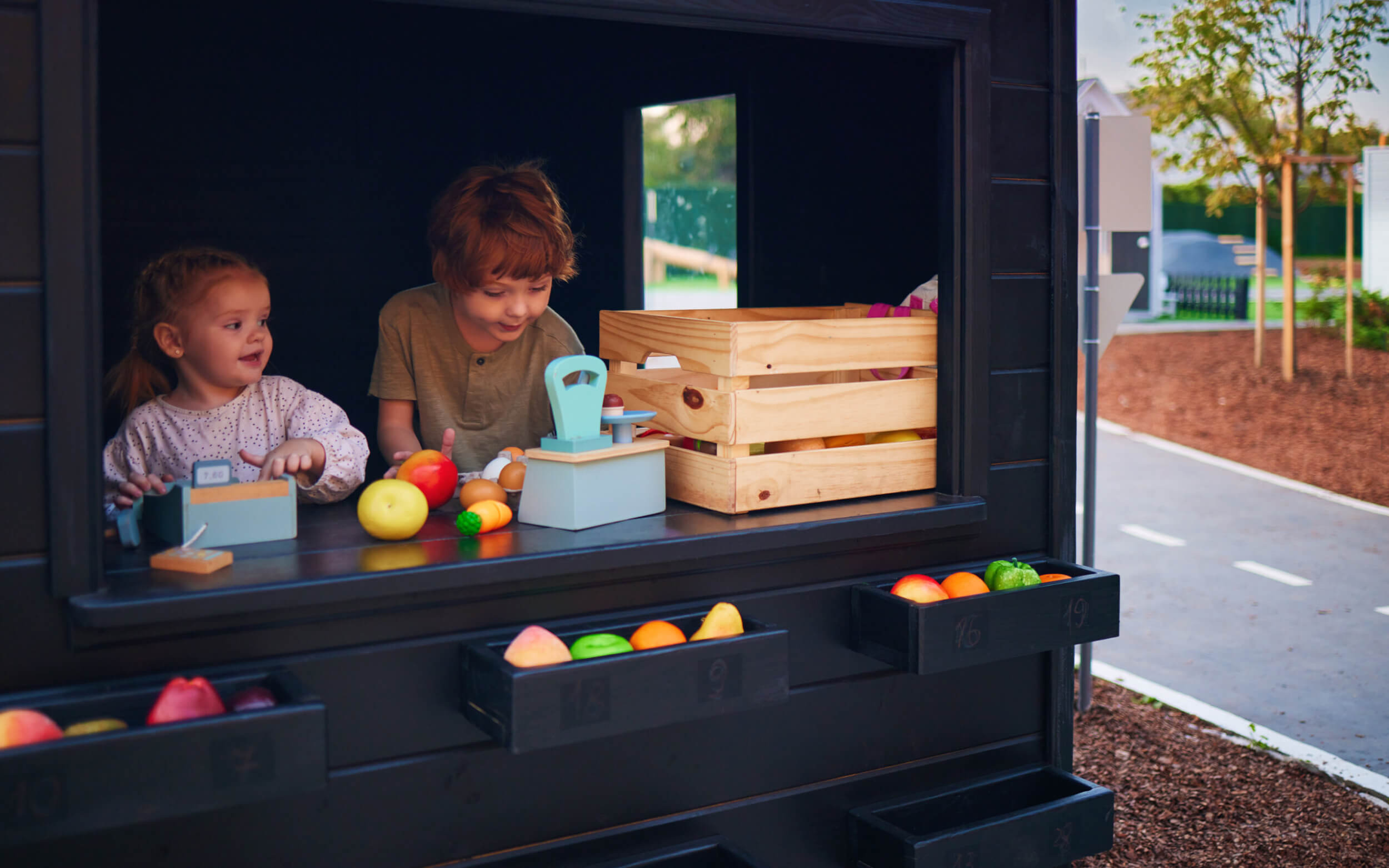
Inside the mind of a three year old immersive learning

Immersive Learning, Early Years Education, Parenting, Nursery Life, Child Development, Canopy Nurseries
If you’ve ever seen a three-year-old build a castle for dragons, set up a wildlife hospital for injured toy animals, or narrate an entire jungle adventure while balancing on a log, you’ll know they are capable of astonishing focus. In those moments, their minds are alive with possibility, and something extraordinary is unfolding beneath the surface.
At Canopy Nurseries, we’ve built our entire approach around those magical minutes when curiosity, imagination and independence collide. It’s called immersive learning, and while it might look like fun from the outside (and it is!), it’s underpinned by some of the most compelling research in early childhood development.

The Serious Science Behind Play
The early years, from birth to five, are a period of astonishing brain growth. In fact, by age three, a child’s brain is already around 80% of its adult size. But it’s not just size that matters. It’s what’s being wired in.
Dr.Sarah Blackwell, a pioneer of outdoor learning in the UK, once put it simply: “Children don’t learn in compartments. They learn by doing.” At this stage of life, the brain is building connections through experience. Real, tangible, sensory experience, the kind that happens when a child feels the squish of mud between their fingers, hears the crunch of leaves underfoot, or carefully balances blocks to stop them toppling over.
In other words, immersive learning.

Why Immersive Learning Matters
Unlike more traditional approaches, where learning is delivered in neat chunks or through rote tasks, immersive learning plunges children into meaningful, often open-ended experiences. It’s not about ticking boxes. It’s about building brains.
At Canopy, this might look like children creating a bakery from cardboard boxes and sand, practising early maths as they “sell” their cakes and solve problems together. Or turning a puddle into a science experiment, observing how leaves float or sink. They’re learning, deeply, without even realising it.
This kind of learning is powerful because it:
- Encourages problem-solving, communication and creativity
- Supports emotional regulation through focused play
- Builds confidence as children make choices and see the results
- Anchors knowledge in real-life context, which makes it stick

“But will they be ready for school?”
This is a question we’re often asked by parents. And the answer is yes, even more so, because of the way they’ve been learning.
Immersive experiences don’t delay academic learning; they prepare children for it. A child who has learnt to take turns, explore ideas, and follow their curiosity is ready not just to cope with school, but to thrive in it.
The foundations of literacy and numeracy are embedded in meaningful contexts: storytelling through imaginative play, counting steps up the slide, and comparing the sizes of sticks collected in the woods. These aren’t ‘extras’, they’re essential.

A Window into Their World
So what is really going on in the mind of a three-year-old?
It’s not chaos. It’s construction. They are actively shaping their understanding of the world, testing ideas, building social skills, and gaining a sense of identity. And when given the time, space, and trust to explore, they flourish.
At Canopy, we do not just watch this happen; we walk alongside them. We offer environments that invite exploration and educators who listen deeply. We believe every moment is a chance for discovery, and that immersive learning is one of the greatest gifts we can offer.
Because when you look at the world through a child’s eyes, it is not hard to see: play is serious work.